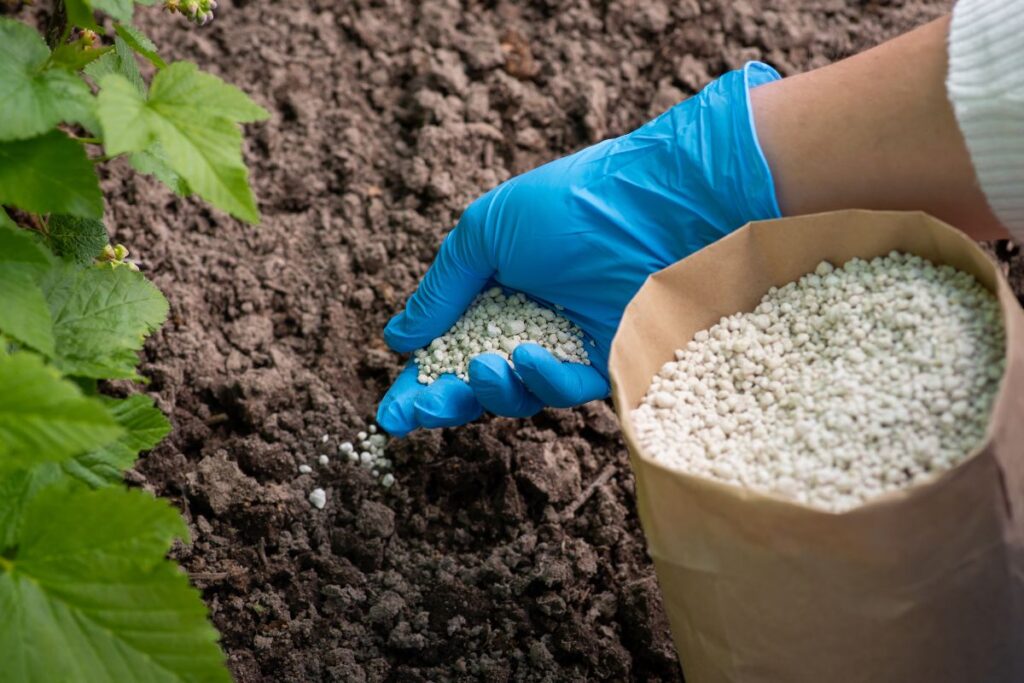Nurturing Your Lawn in Spring
The initial feeding of your lawn in the spring is a critical step that can significantly influence its health and appearance throughout the growing season. Fertilizing as temperatures rise and grass begins to grow sets the stage for a lush, robust lawn by summer.
Understanding Fertilizer Necessities
Adequate nourishment with fertilizers provides essential nutrients that strengthen the grass against various stresses. Each product has unique specifications tailored to address specific needs during this growth phase. Choosing the correct type involves assessing both your lawn’s requirements and the nutrient blend offered by each option.
Selecting the Right Fertilizer
Selecting an appropriate lawn feed is paramount. The diversity in products available can be overwhelming, but understanding their components will guide you in making an informed decision. This not only optimizes lawn health but also prevents potential damage that incorrect formulations could cause.
Analyzing Components
- Look for nitrogen-rich formulas to promote vigorous leaf growth.
- Phosphorus is vital for root development, especially important in early stage growth.
- Potassium helps the overall resilience of the grass, boosting its tolerance to diseases and environmental stresses.
Application Tips for Optimal Growth
Fertilizing is more than just scattering feed; it’s about nurturing your lawn. Timing, quantity, and method are all key components to get right.
Timing and Frequency
Apply fertilizer when your lawn shows signs of waking up from dormancy—usually in early to mid-spring depending on local climate. A light second application might be necessary after the initial heavy feeding, based on how quickly your lawn grows and utilizes the nutrients.
Techniques for Even Distribution
To avoid burning or unevenly feeding your grass, distribute fertilizer evenly across your lawn using a broadcast spreader, which ensures uniform coverage and minimizes waste.
Maintaining a Healthy Lawn Through Seasonal Changes
Aside from proper feeding, ongoing care includes regular mowing, watering, and over-seeding thin patches as necessary. Keeping on top of these tasks will help maintain lawn vitality and prevent common seasonal issues from taking hold.
Regular Mowing
Keep blades sharp and set your mower at the appropriate height for your specific type of grass. Mowing regularly helps strengthen grass roots and keeps weeds at bay.
Proper Watering Techniques
Water deeply rather than frequently to encourage deep root growth. Early morning watering reduces evaporation and susceptibility to fungal infections.
Addressing Common Spring Lawn Problems
With new growth comes potential challenges. Pests, diseases, and nutritional deficiencies can emerge, threatening the vitality of your lawn.
Monitoring for Pests and Diseases
Stay vigilant and inspect your lawn regularly. Signs like discolored patches, stunted growth, or wilting despite adequate moisture should prompt further investigation potentially leading to targeted treatments.
Boosting Soil Health
If problems persist, consider having your soil tested to analyze any potential imbalances or deficiencies. Adjustments can then be made either through additional nutrition or amendments like lime to adjust pH levels.
In conclusion, deploying the right spring care strategies contributes fundamentally to the health and beauty of your lawn throughout the year. By taking proactive steps early in the season and choosing the best products tailored to your lawn’s needs, you can enjoy a vibrant, durable outdoor space that enhances your home environment.

